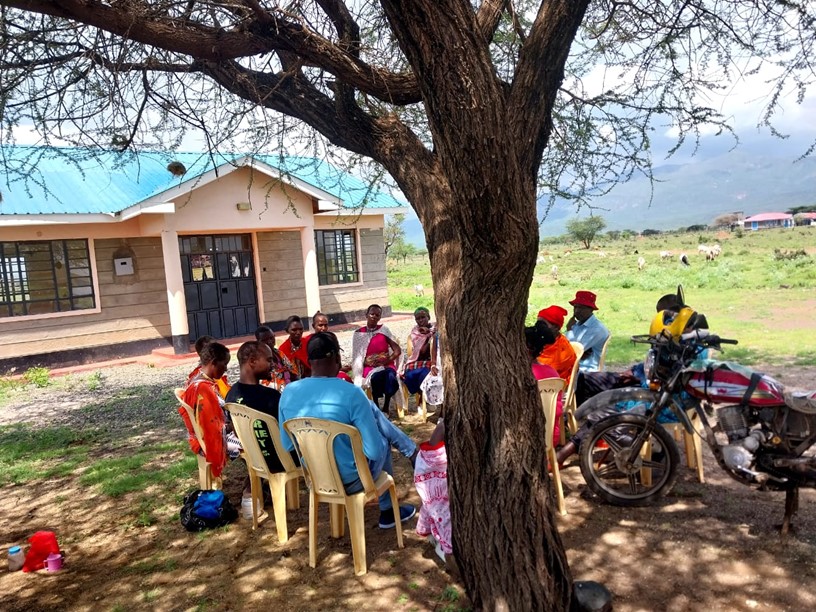
Mitigate the worst effects of water scarcity and hunger in Sub- Saharan Africa
The primary goal of the project was to improve access to safe drinking water and sanitation facilities while providing immediate emergency assistance in times of crisis. Specific objectives included:
- Enhancing access to essential water supply and safe sanitation facilities.
- Providing local and immediate emergency assistance to vulnerable populations.
- Enabling the target population to cover their basic food and non-food needs.
Project Implementation and Beneficiaries
The project was implemented in a self-implementation model, with WHH leading the efforts in Turkana, Tana River, and Marsabit counties. In Kajiado, a partnership with PACIDA was established. The project directly benefited over 100,000 individuals, including men, women, children, and the elderly, across the four counties.

Key Findings and Achievements
The evaluation revealed significant improvements in access to water and sanitation services, with a notable increase in the number of households using safely managed facilities. Emergency assistance provided during humanitarian crises helped to mitigate the worst effects of food insecurity and malnutrition. Additionally, the project supported the target population in meeting their basic needs through livelihood support programs.
Challenges and Lessons Learned
While the project achieved positive outcomes, it also faced challenges, such as the ongoing drought and the complex socio-economic conditions in the region. Lessons learned from the evaluation include the importance of community engagement, the need for flexible implementation strategies, and the significance of gender-sensitive approaches.
Recommendations
Based on the evaluation findings, the following recommendations were made:
- Continued investment in water infrastructure and sanitation facilities.
- Strengthening emergency response mechanisms to address future crises.
- Expanding livelihood support programs to enhance the resilience of vulnerable communities.
- Prioritizing gender equality and women's empowerment in project interventions.
- Strengthening partnerships with government agencies and local organizations.
Conclusion
The project demonstrated significant impact in addressing the pressing issues of water scarcity and hunger in Sub-Saharan Africa. By improving access to essential services, providing emergency assistance, and supporting livelihoods, the project contributed to enhancing the well-being of vulnerable communities. The evaluation findings offer valuable insights for future interventions and highlight the importance of sustained efforts to address these critical challenges.
